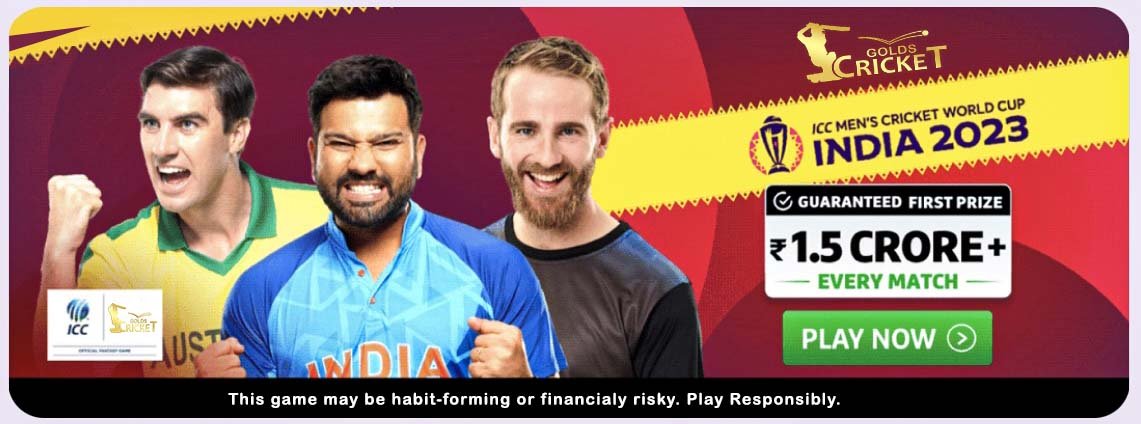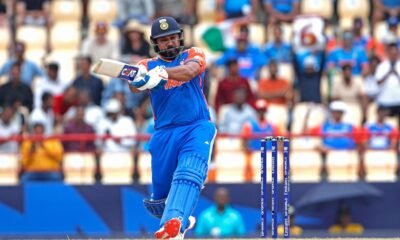Cricket
Why the Asian bloc has lost its might | Cricket
[ad_1]
It wasn’t a cozy club. Rather, it was a partnership of convenience — pooling in resources, astute administrators and bustling stadiums to create a thriving, viable alternate cricket axis that ultimately seized power from the hallowed MCC. Also consolidating this rise was sustained success. India sparked the coup in 1983, and fanned it alongside Pakistan throughout the 90s and early 2000s while Sri Lanka clinically upstaged them occasionally, with Bangladesh regularly punching above their weight. Each of the six ODI World Cup finals from 1992 to 2011 featured at least one Asian team, Test tours were evenly contested and winning the Asia Cup was once considered a matter of great prestige. Heck, even the Asian Test Championship almost became a thing.

What do we have now?
Bangladesh surrendering their skill to squabbles and short fuse, slipping into a nightmarish spiral of massive defeats that has literally numbed a nation as passionate about cricket as it can ever get. Sri Lanka lying in a state of ruin, making past defeats look like silver linings, more so when it’s one-way traffic orchestrated and controlled by India. Pakistan were legitimate contenders, or so it seemed from the ICC rankings, till the World Cup hit them like a runaway freight train. Only Afghanistan has nice recollections, along with half a chance of flirting with the top four. Breezing a country mile ahead of all of them are India, mowing down competition and setting up the stage for a possible encore of 2011. They are already in the semi-finals, like in 2015 and 2019. But the same can’t be predicted about others.
Why are things so bad though? Why has the collective potential of the once mighty Asian bloc come to this, almost the end of the road, where it can only be defined, shaped and propelled by India? Supremacy is fine, but so massive is the chasm of competitive quality that the results are almost always a foregone conclusion. Heavy defeats often came India’s way too. All seemed lost when they had slumped to 54 all out against Sri Lanka in 2000. But the turnaround was quick and sure-footed, first by reaching the ICC knockout final, followed by one of the greatest Test series ever against Australia. Sri Lanka seem incapable of that level of change. Backs to the wall was when Pakistan found another gear, but now it’s just a pileup of losses and endless controversies. It’s all, quite deservedly, about India now. But it’s getting boring too.
It’s not India’s fault that Pakistan, Sri Lanka and Bangladesh’s form have nosedived together. But it’s also true they have stopped touring each other regularly. Pakistan is off-limits. Sri Lanka haven’t hosted India since 2017. And Bangladesh had to wait almost two decades to tour India in 2019. India have moved on to the big league and improved drastically, beating Australia in Australia twice and closing in on series defeats in England and South Africa. Facing India regularly could have probably helped maintain the competitive level of other Asian nations and ensured a stronger pool in the larger context, but playing spoilsport is the ICC’s Future Tours Programme (FTP) that has basically allowed the giants to secure their financial futures by cramming their home season and not care about an equitable distribution of matches. Fuelling the schedules is a financial model that distributes the most money to those boards that need it the least. It didn’t take much time for that inequality to manifest into distasteful power-flexing where a reserve day was fixed for India-Pakistan but not for the other Asia Cup matches and the hosts had to be okay with it.
It wasn’t like this. The primary motive of the Asian ‘bloc’ was to consolidate ICC votes and get the action to move away from England. But the union was also welded with logical cooperation. So when in 1996, Australia and West Indies threatened to forfeit the Sri Lanka leg of that year’s World Cup in the wake of a bomb attack in Colombo, a joint India-Pakistan team travelled to play Sri Lanka. Nine years later, Indian, Pakistani and Sri Lankan players formed part of an Asian XI that played a World XI in Melbourne to raise funds for tsunami relief.
In the aftermath of the Lahore terror attacks, Younis Khan had called on the Asian countries to rally behind them. “Cricket hit by security fears is no longer Pakistan’s problem alone,” he had said. “I think Pakistan, India, Bangladesh and Sri Lanka will have to unite in allaying security fears in the region.” Later, India and Pakistan had played a warm-up World Cup T20 match to raise money for the victims of the terror attacks, something that may not be repeated ever again. Sri Lanka too were benevolent friends, offering to host Pakistan at their time of crisis, flying out to their country when the ICC needed proof that Pakistan could safely arrange cricket on their shores. But India quietly made itself distant from that association, aligning with England and Australia and orchestrating structural revamps within the ICC that gave the Big Three unlimited power in 2014. It’s been a fruitful alliance ever since, with promising revenues and thrilling tours, but leaving a hemorrhaging Asian bloc in its wake.
[ad_2]



















